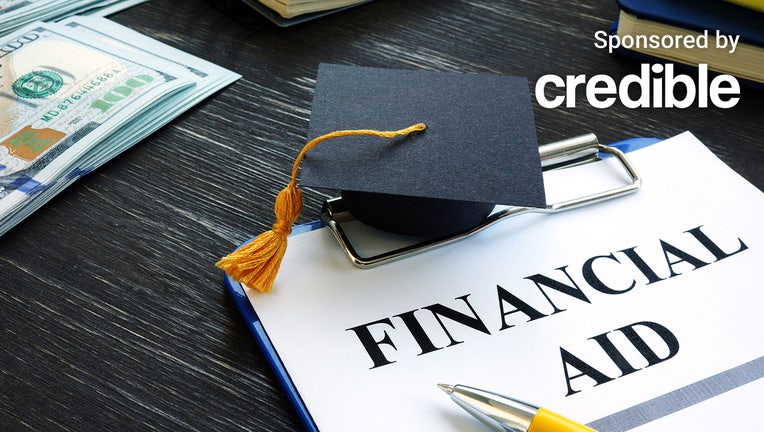This is how many student loan borrowers didn't pay during the pandemic halt

More than half of student loan borrowers didn't make any payments during the pandemic-related pause, according to a recent report. (iStock)
A recent report from the Federal Reserve showed that more than half of student loan borrowers did not make payments during the payment pause brought on by the COVID-19 pandemic.
When conducting its study, the Federal Reserve removed all student loans that were cosigned from the data in order to take out many private student loans. The central bank, citing MeasureOne, said 91% of private undergraduate loans and 64% of private graduate loans are cosigned. The remaining group consisted of 20 million borrowers who hold $725 billion in student loan debt.
Before the pandemic began, this group paid a total of $5.3 billion per month toward their student loan debt payments, or an average monthly payment of $260 per borrower. But from August 2020 to December 2021, 60% of these borrowers did not make any payments on their student loans.
If you are struggling with your private student loans, you could consider refinancing to reduce your monthly payment. Visit Credible to find your personalized interest rate without affecting your credit score.
BIDEN ADMINISTRATION CANCELS $5.8B IN STUDENT LOAN DEBT
Some borrowers may not be ready to resume payments
Although some borrowers have seen their financial positions improve over the course of the pandemic, there are still some signs of distress and many may not be ready to resume their federal student loan payments, according to the Federal Reserve.
"It is possible that some of these borrowers may not be ready to resume payments once forbearance expires," the Fed stated. "These borrowers hold almost $400 billion in outstanding student loan debt and, prior to the pandemic, were required to pay about $2.8 billion a month toward their student loan debt. This translates into a total of $84 billion over the 30 months that the forbearance provision has been in effect."
Risk scores improved over the past two years for all borrowers, but those that didn’t make their payments tended to hold higher risk, according to data from Equifax. Borrowers who did not make payments averaged a risk score in the mid-600s whereas those who continued to make payments averaged above 700.
About 8.8 million borrowers made at least one payment since August 2020 and are in a better position when forbearance ends, according to the Fed.
Private student loan borrowers do not qualify for the payment pause, but they can reduce their monthly payments through a refinance. You can visit Credible to compare multiple student loan lenders at once and choose the one with the best interest rate for you.
Biden administration weighs student debt cancellation
While the Biden administration has not enacted widespread student debt cancellation, the White House previously said the president would announce his decision before the current federal student loan payment pause expires on August 31st.
"I am in the process of taking a hard look at whether or not there will be additional debt forgiveness and I will have an answer on that in the next couple of weeks," Biden said last month.
On the campaign trail, Biden talked about canceling $10,000 worth of student loan debt per federal borrower. While he has since asked Congress to pass a bill for student loan forgiveness, he has also not ruled out doing so through executive action.
If you have private student loans that you are struggling to repay, refinancing may be a good option for you. You can contact Credible to speak to a student loan expert and get all of your questions answered.
Have a finance-related question, but don't know who to ask? Email The Credible Money Expert at moneyexpert@credible.com and your question might be answered by Credible in our Money Expert column.

